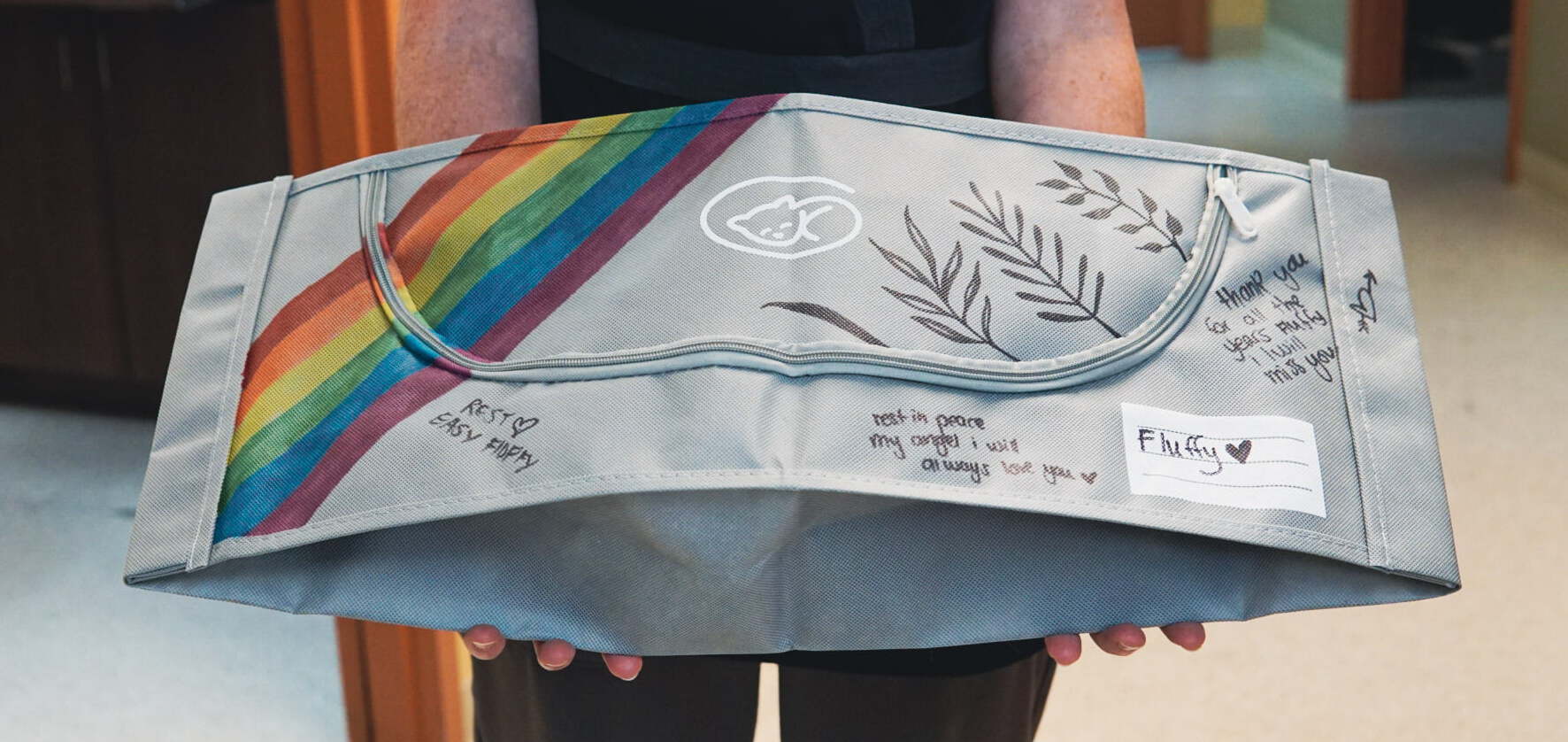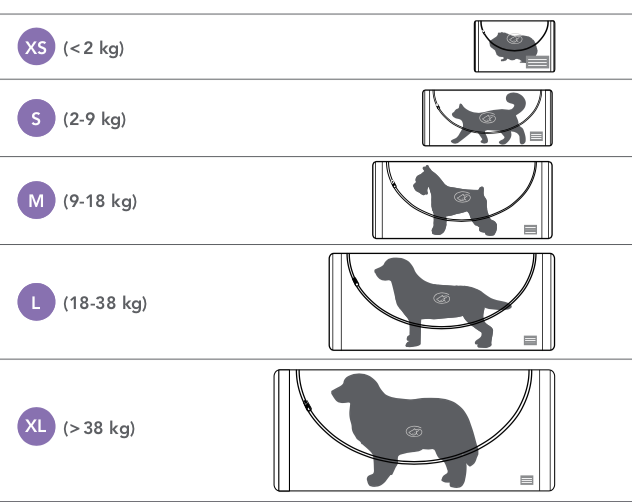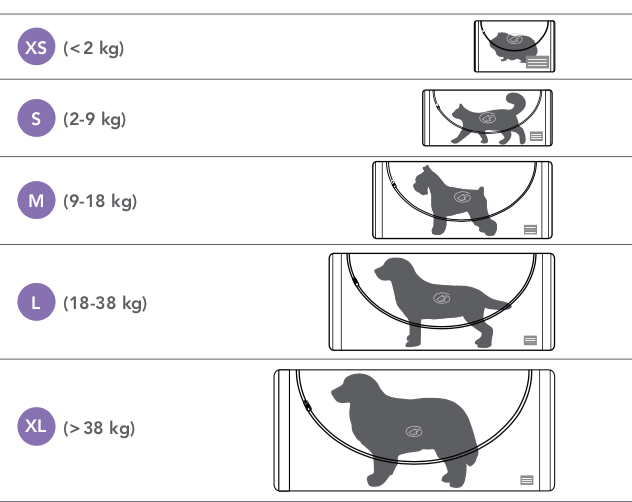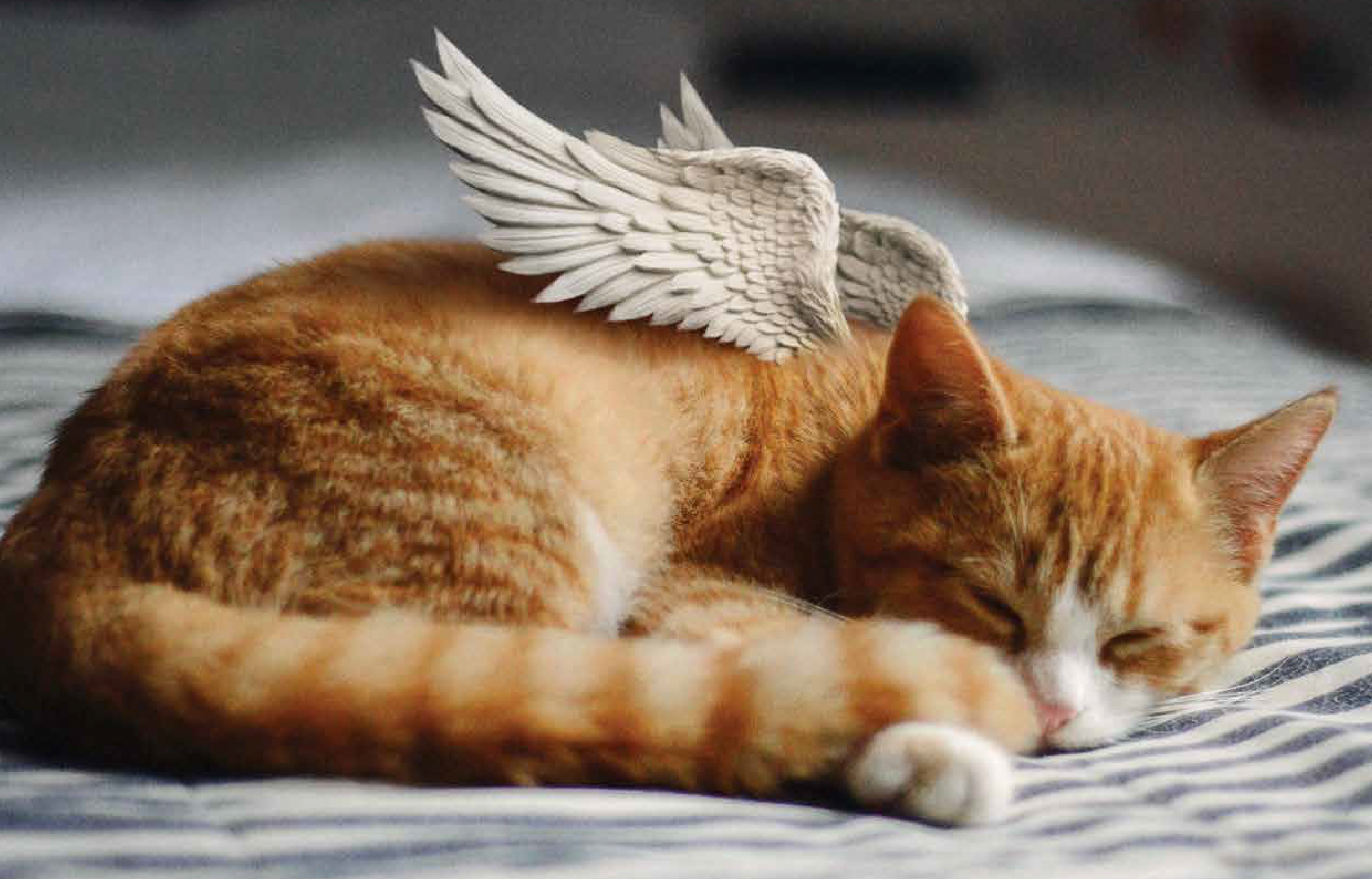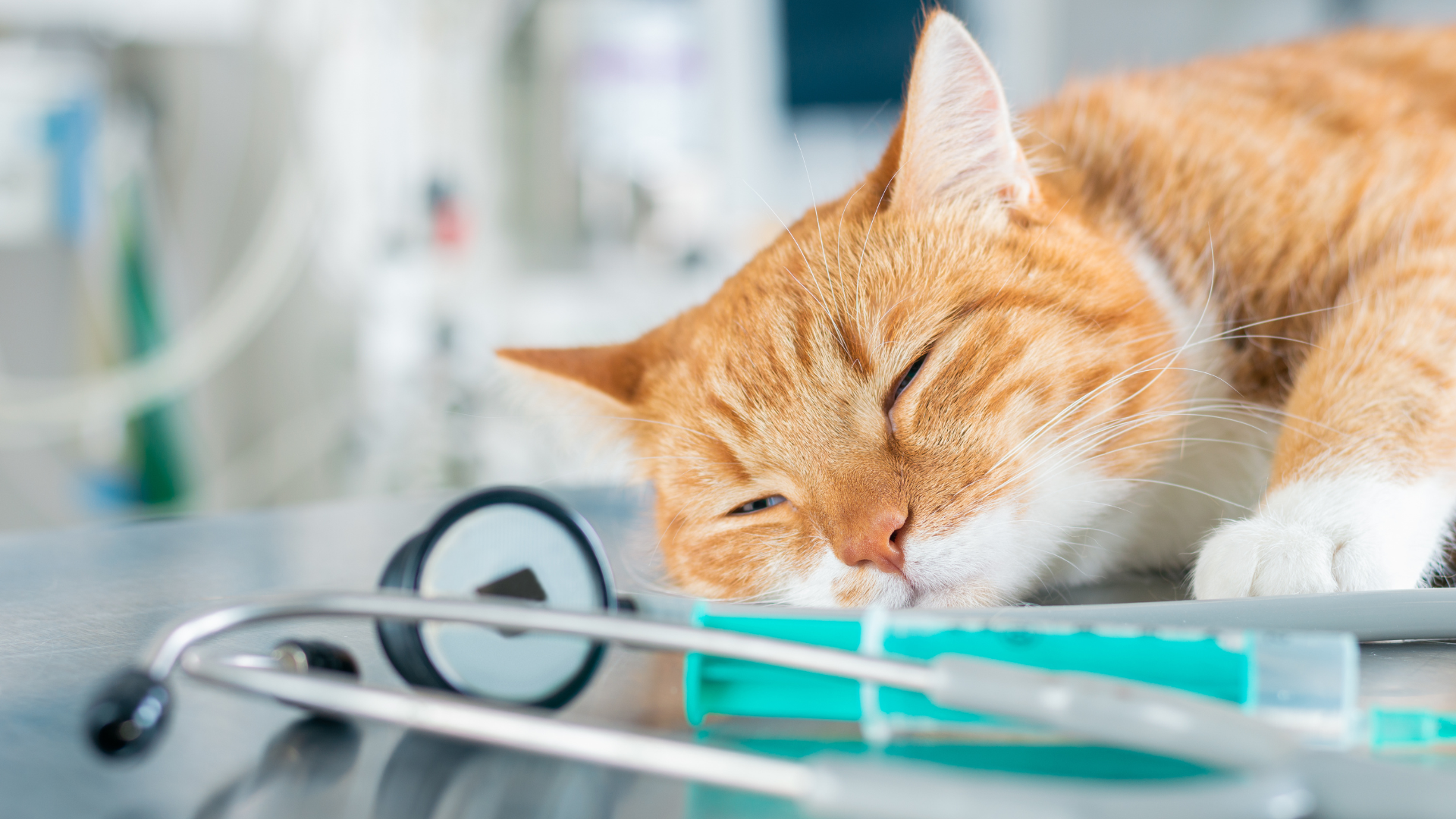
By Celine Leheurteux, DMV, CEO and Founder of EUTHABAG
In 20 years of wearing my veterinary coat, I have seen the craziest situations. From a cat with an arrow through its epaxial muscles to a 200lb man crying more at the death of his dog than his mother. I have witnessed the evolution and the strength of the human-animal bond. I am no longer afraid to say that I feel compassion satisfaction in most of my euthanasia appointments.
Euthanasia is recognized as a major contributor to compassion fatigue. But when we feel like we are making a difference, bringing all our knowledge and empathy to families and animals, satisfaction comes over us.
These experiences, which are so rich in humanity, do not empty our empathy tank but rather fill it up. They garnish our collection of hand-signed cards and especially our chocolate consumption. Just as I was last reviewing this article, an email came in to thank me for helping in such difficult times. Who gets that on a weekly basis?
Learning from our mistakes
The road to get to this point has been fraught with pitfalls. Without academic training in sedation protocols, intravenous and intra-organ injection techniques, verbal and non-verbal language, and client psychology, it has been challenging.
I learned almost all my tricks by making big mistakes. Until my last breath, I will remember this exasperated client yelling at me “Just kill him, kill the damned dog!”, when I could not find a vein in her reactive though dehydrated dog in the back of a 1976 Chevy on a Saturday night. If I had known how to give him a decent sedation to get rid of his pain and anxiety and if I could have injected him intra-hepatically given the poor lighting and fragile veins, it would have changed the experience for all of us. The situation felt hopeless at the time; for the lady who wanted the best for her companion, for me who felt like an imposter (sound familiar?), for the empathetic technician, and for that poor anxious dog.
After 20 years, I finally learned how to use deep sedation techniques which prevent much of the unexpected. A growl, a shrill cry, a paw that withdraws. A source of stress diffused. What a relief not to worry about the unpredictable in such a tense moment.
On the other side of the mirror
I practised for 15 years before I lost my first pet. I had no clue how it was to go through what some clients qualify as the hardest decision of their lives. More than buying a house, getting a divorce, or changing jobs.
Conversations with a bereavement consultant took me through the looking glass and made me realize how our gestures, verbal, and non-verbal communication could be perceived by suffering clients whose perception is altered by stress and emotion.
To adapt our vocabulary and increase our chances of being understood, avoid:
- Physically separating the animal from its parents in the final moments, so dear to them before departure.
- Weighing the animal. They don’t understand why we weigh animals; they associate it with the health follow-up that contrasts with euthanasia.
By applying these simple precautions, I feel more in tune with the clients. I feel better. I feel emptied and filled at the same time. I feel alive.
Mapping the experience
We know the experience by heart, but let’s remember what we didn’t know when we didn’t know.
We need to describe in detail to the families what is coming. What they will see and feel, the physical and mental reactions to sedation, and the time each step will take.
A simple “It is not easy for you, but we are here for Billy and for you, we have already gone through this ordeal with our pet”, can change the dynamic for this family that is bathed in guilt and unite them in this intimate and privileged event.
Positive vocabulary
Dr Dany McVety and Mary Gardner from Lap of Love and Dr Kathy Cooney from CAETA (Companion Animal Euthanasia Training Academy) taught me positive comprehensive wording such as:
-
Calming agent instead of a sedative
-
A device in the vein instead of a catheter
-
Too much anaesthetic instead of euthanasia solution
-
He will be comfortable rather than he will not suffer
-
We are making the right decision instead of you making the right decision.
The devil is in the details, sometimes in just a couple of letters. What a difference in perspective?! A minor adjustment leads to major impacts. Such a huge difference for the families who are looking for permission, a change in paradigm. My goal during this appointment is to turn the heavy feeling of guilt into a sense of mission accomplished.
Together, we did the right thing for your friend. Cherishing this privileged moment with teary eyes and a smile looking at pictures or sharing memorable moments with this pet. Memories of his dog running at the 4-wheeler, her beautiful bird singing on her shoulder, the family dog always in the kid’s lap when they’re sad.
Preserving dignity
How is it possible to preserve the dignity of a beloved animal doing acrobatics putting it in a rubbish bag? For so many years, I felt like I was in the mafia having to put beloved pets in plastic bags. It made me feel ashamed, like an imposter, and not worth the trust people were putting in me to be by their side in this intimate moment.
I ended up designing the EUTHABAG body bag to be in line with my values. To honour the strength of the bond between my client and their little friend. To treat it as if it were my own until the very end.
I can now show, without guilt, this part of the process, rather than trying to hide it at all costs. I freed myself at that moment from that feeling of not living up to the client’s expectations. Not to mention when the client changed their mind and wanted to take the body back and bury it the next day.
Offering a ritual
Rituals are important in accepting the loss of something dear to us. For the loss of a pet, we may not participate in rituals even though they are as dear to us as people are. Unlike human beings, no ceremony will be held to support those suffering the loss of a pet. The last image the family will keep of this separation is significant and will not be erased from memory when they leave the veterinary facility. Families can feel helpless in the process of euthanasia.
EUTHABAG offers the family the opportunity to participate by personalizing the cover with coloured markers, a strong symbolic gesture that can help the family while providing a meaningful experience.
- A comforting action that can be done alone, with the family, and even with the vet team.
- A way to share this meaningful gesture.
- The feeling of protecting the animal as a pet parent or a veterinary professional.
- To honour their memory with words and images unique to them.
- To accompany the animal with kindness in a symbolic action.
Training helps
Although the art of euthanasia and the science of death are not an integral part of the veterinary training program, it is made up of multiple aspects that are important to take care of in order to ensure our well-being, that of the family, and our team.
FREE CPD training
A free 7-credit training on pre-euthanasia sedation, positive communication and wellbeing is available online for your teams at veterinaryeuthanasiaeducation.com.
Resources on euthabag.com
The website euthabag.com offers a plethora of free tools such as quality of life assessment questionnaires, responsible pet burial handouts, and children and pet loss brochures. Even colouring pages and a list of books about pet loss for families.
———————————————————————————————————————————————————————-
 More about the author – Celine Leheurteux, DMV, CEO and Founder of EUTHABAG
More about the author – Celine Leheurteux, DMV, CEO and Founder of EUTHABAG
Celine Leheurteux, DMV has been a veterinarian in practice in Quebec since 1999. She had to euthanize thousands of beloved pets and put them in plastic bags because there was no option. She created EUTHABAG to help families and veterinary teams FEEL better about euthanasia. She is also dedicated to training veterinary practices around end-of-life to improve the euthanasia experience for all involved. You can learn more on her Free CPD platform at veterinaryeuthanasiaeducation.com.
